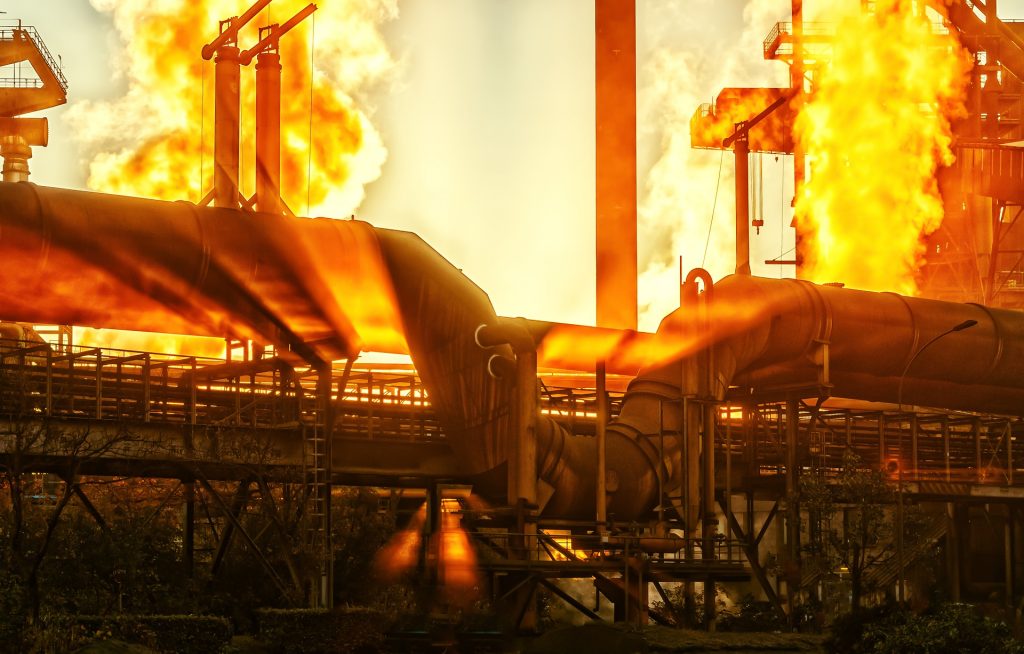
When it comes to product innovation and development, or process refinement and improvement, the role of the R and D department is critical.
Other departments, such as sales and marketing, might be more outwardly facing, but while Research & Development is separate from these, it has functions that are closely related.
R&D is the means for companies to achieve future growth and maintain their relevance in their chosen market. It involves spending resources on investigation and testing to develop new products or new ways of doing things. It also supports the enhancement of existing products or processes.
The name, research and development, may suggest high-tech, or the pharmaceutical sector, but in fact R&D is applicable to a wide range of industries. For example, many consumer appliances will go through rigorous R&D processes, either to develop new versions of products or improve current designs.
Underpinning this kind of activity are various key functions which together define the role of the R&D department.
New Product Research and Development
It is unwise to bring a new product to market without first coming up with solid data to support it. This research typically involves conducting a careful, detailed study to support the project – whether there is a need for it, and how to ensure it is something customers will want to use.
The research study must also determine the specifications of the product, the projected costs of its production, and the time it will take to produce.
The research function prepares the way for new product development.
New product development is based on the concepts and requirements coming out of the research phase of a project. This often involves prototyping, to see how a working model of the product performs before going into full production.
A crucial part of the development phase is ensuring a new product will meet guidelines and any statutory requirements.
Updating Existing Products
Within the scope of Research and Development is the evaluation of existing products to ensure they will still function effectively in the marketplace. The R&D department may consider the potential for product upgrades or changes.
There may be problems arising with current products which the R&D department is then tasked to solve. This might involve changes to the manufacturing process.

Another aspect of this role of the R and D department is quality control. Here the research and development team may perform regular quality checks on products, based on the department’s depth of knowledge around products’ specifications and requirements.
This may happen in collaboration with a quality assurance department.
Process Innovation and Development
R&D is not confined to product development. Its various functions may also apply to processes, such as industrial and manufacturing processes.
This means the focus on innovation and improvement is not so much on the end but the means. A practical example of this is in developing thermal management solutions to improve safety and performance in various continuous process and manufacturing industries.
Again, there can be a similar set of phases, including initial research and identification of issues and feasibilities, followed by development and prototyping.
Within these R&D functions, there are different types of research and development, and decision-making associated with them.
Types of Research and Development
R and D can involve basic research or applied research.
Basic research aims to a comprehensive understanding of a subject, and to build a body of knowledge relating to it. As such it may not have an immediate practical or commercial application, but it still can be of interest to a business or organisation.
It is the sort of research that might then initiate further concepts and lead to applied research.
Applied research is much more specific with a set of objectives related to a particular customer or industry need or requirement. Under applied research, any investigations will focus on commercial objectives to do with processes or products.

This latter form of research will most likely lead to development, with the production of materials, systems and methods.
Development itself involves different stages and functions. One is prototyping and designing for production; the other is engineering or manufacturing to produce commercial products, based on the designs and prototypes from the earlier stage.
The Importance of Innovation
The main role of the R and D department is to help a company or organisation to maintain its competitiveness. This means keeping an eye on developing trends, and on what the competition is doing.
R&D is therefore also about analysis and a sound understanding of current conditions within a specific sector or market.
The Research & Development department can help direct the future of a business because it provides essential information and ideas that support strategic decision-making.
By investing in R&D, a company is investing in technology and future capabilities, transforming these into new processes, products and services.
The influx of knowledge that R&D brings can be hugely valuable in developing product lines or enhancing processes. At a basic level, R&D is a tool, but it has the potential to be an enormously effective one.
Talk to Us About R and D
Elmelin specialises in support to bring innovative products to market and to enhance and improve essential processes in manufacturing. Talk to us about your R&D needs. Please call us on +44 20 8520 2248, email sales@elmelin.com, or complete our online enquiry form. We’ll get back to you as soon as possible.
